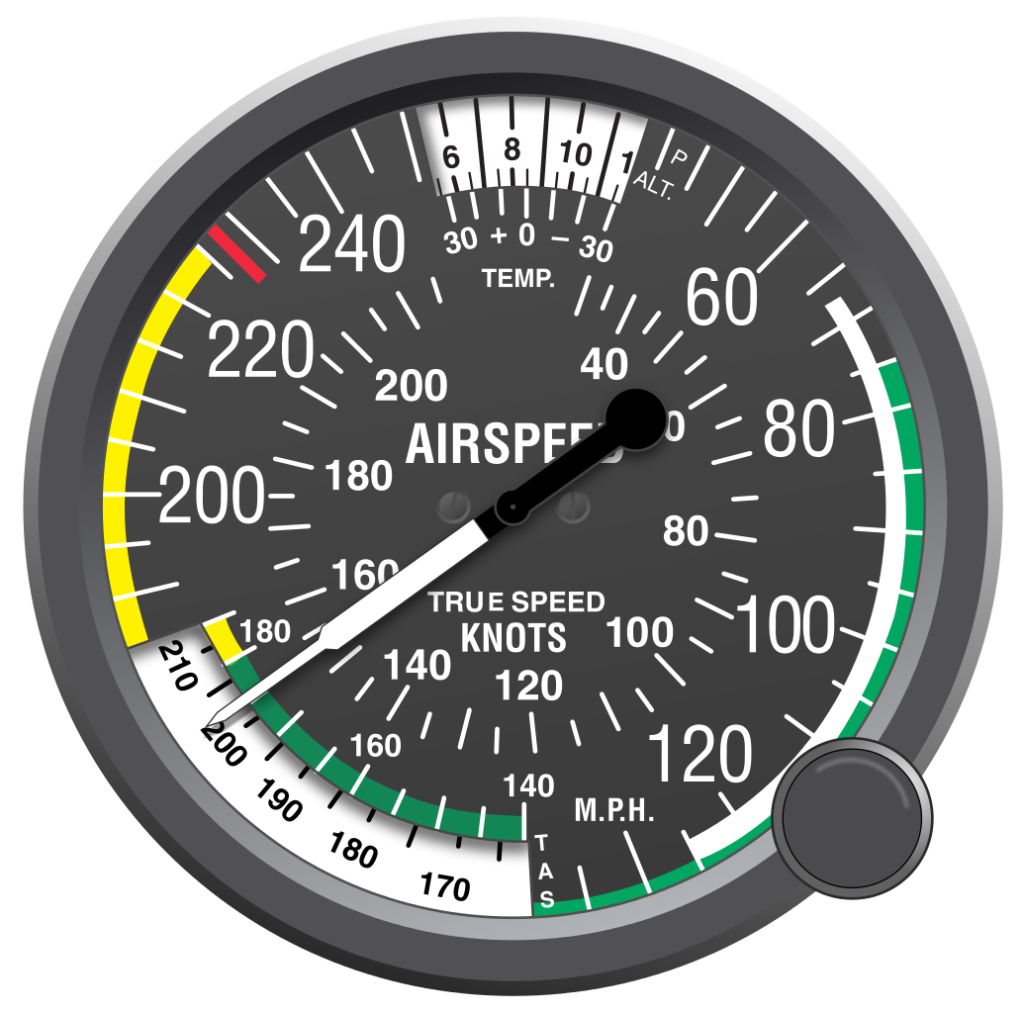Whether you are a finance professional like Larry Polhill or just interested in protecting your retirement nest egg, it is important to understand for yourself some of the most important indicators of the health of the national economy. Only with this information can you make informed decisions not only about your investments, but also about major purchases like property and cars, or about whether the time is right to start a new business, job or family. You don’t need to be an economic to make sense of these indicators, thankfully. Here are the basics that you need to know.

Interest Rates
We hear about interest rates all the time – for mortgages, for bank loans, for vehicles. We also hear about them going up or going down. Why are interest rates important? It helps to know that interest rates can be understood as the cost of borrowing money. When you take a mortgage, in addition to the amount itself, you also pay a price to the bank to borrow that money. When the bank or government borrows your money to make investments (whether from your savings account, T-bills, or other investments), it pays you a price. It is definitely important to know what that premium or rate is, because the higher the rate, the more expensive it is to borrow money. But it is also important to know if the rates are stable. Stable rates give a degree of predictability that investors and consumers alike respond well to – because you know that the cost you have to pay for borrowed money won’t go up too much, you might decide to buy a house after all. Stable rates are generally taken to be an indicator of an economy that is enjoying sustainable growth.
Gross Domestic Product
The GDP is equivalent to the total market value of all the goods and services produced in a nation during a particular time. So, GDP is a useful way to summarize the wealth that is circulating in an economy and the higher the amount of wealth in the economy, the more healthy the economy is said to be. GDP per capita is a common indicator, which simply means the total amount of wealth in the economy divided by the number of people. The higher this amount per person, the better.
CPI – Consumer Price Index
This indicator tells us about inflation, which is a measure of what $1 can buy today compared to what $1 could buy yesterday or tomorrow. When $1 buys less today than it did yesterday, that is an indication of inflation. We see this as a price increase – when a loaf of bread that cost $1 yesterday now costs $2, it isn’t that the value of the bread has increased, but that the value of the money has decreased. The CPI is a tool that is used to calculate inflation, and this is useful because it tells us about increases or decreases in the cost of living from year to year. Put differently, it tells us if our money is keeping its value. If inflation is high, it means that our money has less value and is able to buy fewer things over time. This can have an effect on how you decide to invest your money – you are less likely to stuff your mattress with dollar bills if they will be worth half their value in 10 years. This is why many people invest in real estate, which is said to be a “hedge” against inflation.
None of these indicators tells us the complete story, but taken together they can tell us important things about the state of the economy which can help us to make informed decisions about how to spend, save and invest.